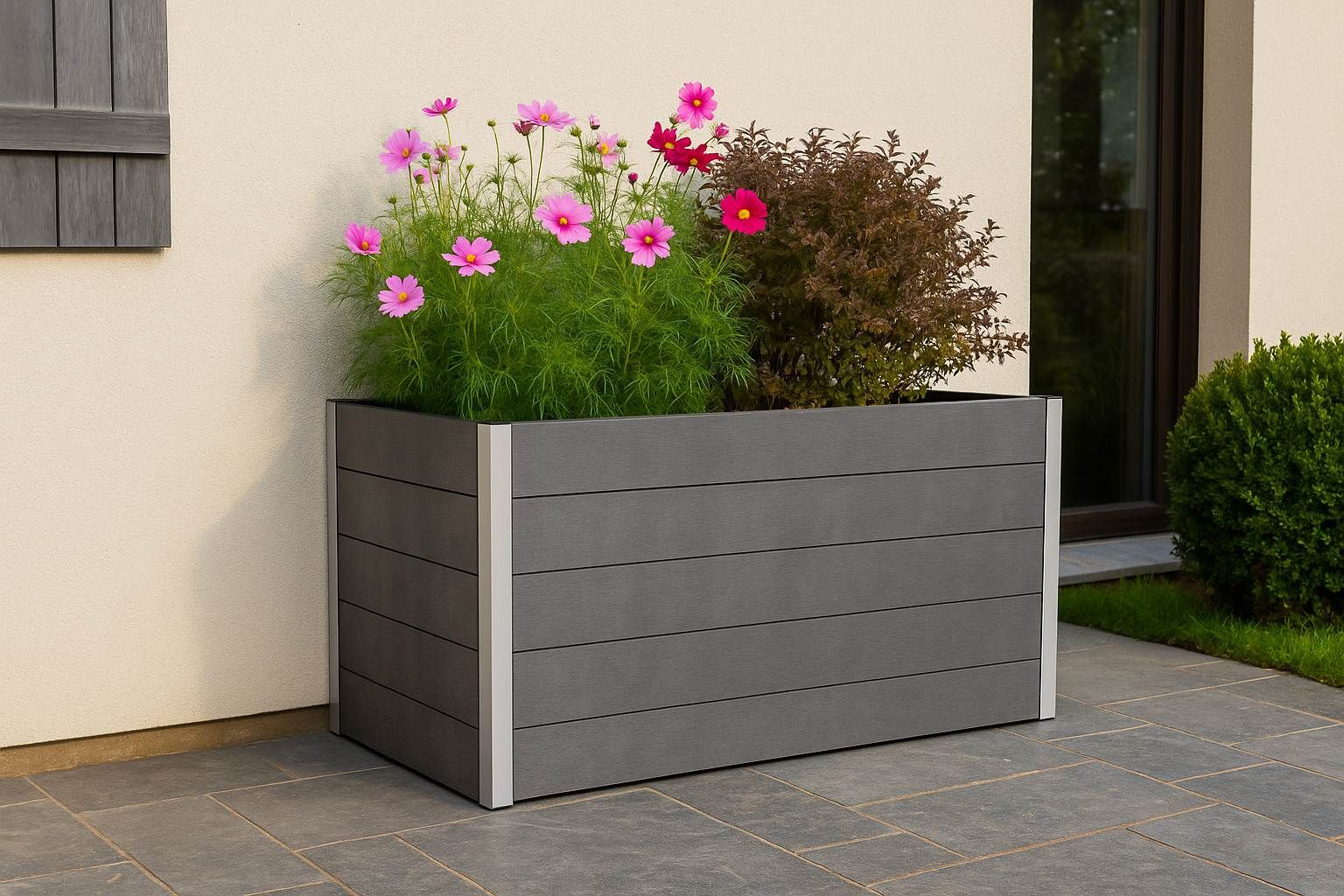Raised Garden Beds Explained: Benefits, Uses, and Design Ideas
1st September, 2025Raised garden beds have quickly become a preferred choice in modern landscaping, offering both practical value and visual appeal. For contractors, developers, and business buyers, understanding their real advantages can help in delivering efficient, sustainable projects.
One of the biggest benefits is drainage and soil management. By elevating the planting area, raised beds prevent waterlogging, promote root health, and reduce compaction—ideal for urban spaces or commercial properties where soil conditions are often poor.
Another clear advantage is cost efficiency. WPC modular raised garden beds are highly resistant to rot, corrosion, and scratches, which means lower maintenance and fewer replacements over the years. This directly translates into reduced long-term costs for businesses managing large-scale landscaping projects.
From a design perspective, raised garden beds offer unmatched flexibility. With multiple colors, sizes, and modular combinations, they can adapt to diverse project needs—whether it’s adding warmth to a hotel courtyard, creating order in an urban park, or elevating a residential community garden. Tiered layouts and bold finishes can also provide striking focal points that enhance the overall landscape design.
In short, raised garden beds are not just functional additions—they are strategic investments that improve efficiency, lower costs, and create lasting impressions in any professional landscaping project.
FAQ
Q1: Can businesses customize the size and color of raised garden beds?
A1: Absolutely. A wide range of colors and standard sizes are available, with modular flexibility to adapt to different project needs.
Q2: Do raised garden beds require special maintenance?
A2: Minimal maintenance is needed. Simply clean the surface occasionally, and unlike wood, they do not require painting, sealing, or chemical treatments.
Q3: How do raised garden beds support sustainability goals?
A3: Made from eco-friendly composite materials, they align with low-carbon, sustainable building practices and contribute to long-term environmental goals.
